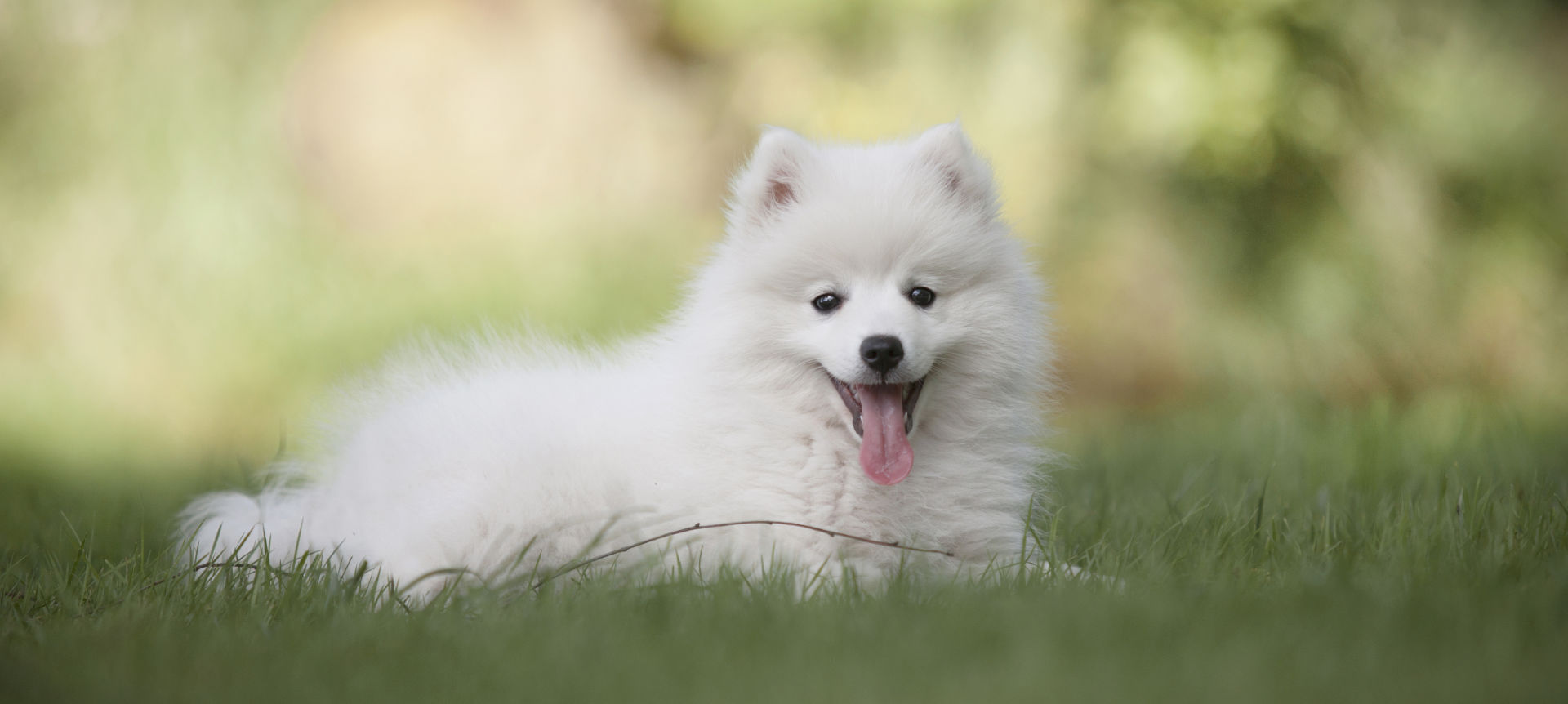
08 Mar Dental Radiographs and Cone Beam CT – What is the difference?
As pet owners, we often prioritize our companions’ physical health, ensuring they receive regular check-ups, vaccinations, and treatments. However, dental health is an aspect that sometimes gets overlooked. Just like in humans, dental issues in pets can lead to discomfort, pain, and even more severe health problems if left untreated. To ensure comprehensive dental care, veterinarians utilize advanced diagnostic tools such as dental radiographs and cone beam computed tomography (CBCT). In this blog, we’ll delve into the significance of these technologies, explore their differences, and understand why both are essential for your pet’s well-being.
The Role of Veterinary Dental Radiographs
Veterinary dental radiographs, commonly known as dental X-rays, play a crucial role in assessing the health of your pet’s teeth, gums, and jawbone. Unlike human patients who can verbalize their discomfort, pets often suffer in silence, making it challenging to detect dental issues through visual examination alone. Dental radiographs allow veterinarians to peer beneath the surface, revealing hidden problems that may not be apparent during a routine check-up.
These radiographs provide detailed images of the teeth and surrounding structures, enabling veterinarians to:
- Detect Hidden Dental Issues: Dental radiographs can uncover dental diseases such as periodontal disease, tooth decay, abscesses, and tumors that may not be visible to the naked eye.
- Evaluate Tooth Roots: They help assess the health of tooth roots, identify abnormalities, and determine the extent of damage or infection.
- Monitor Treatment Progress: Dental radiographs are invaluable for monitoring the progress of dental treatments, such as tooth extractions or root canal therapy, ensuring the successful resolution of dental problems.
Introducing Cone Beam CT in Veterinary Dentistry
Cone beam computed tomography (CBCT) is a cutting-edge imaging technology that provides high-resolution, three-dimensional images of the oral and maxillofacial structures. Unlike traditional dental radiographs, which capture two-dimensional images, CBCT offers a more comprehensive and 3D view, allowing veterinarians to visualize the entire dental anatomy in greater detail.
CBCT offers several advantages in veterinary dentistry:
- Enhanced Visualization: CBCT provides detailed, three-dimensional images that allow veterinarians to visualize the teeth, roots, surrounding bone, and soft tissues from multiple angles, facilitating accurate diagnosis and treatment planning.
- Improved Surgical Planning: CBCT enables precise preoperative planning for complex dental procedures, such as orthodontic corrections, dental implants, and oral surgeries, leading to better treatment outcomes and reduced risks.
- Early Detection of Pathologies: CBCT can detect dental abnormalities and pathologies at an early stage, allowing for prompt intervention and preventing the progression of dental diseases.
Why Your Pet Needs Both Dental Radiographs and Cone Beam CT
While both dental radiographs and CBCT are valuable diagnostic tools in veterinary dentistry, they serve complementary roles in ensuring comprehensive dental care for your pet. Dental radiographs provide detailed images of individual teeth and are essential for diagnosing common dental problems, such as tooth decay and periodontal disease. On the other hand, CBCT offers a broader view of the entire oral and maxillofacial region, allowing for more accurate diagnosis of complex dental issues and precise treatment planning.
By combining the insights gained from both dental radiographs and CBCT scans, veterinarians can provide tailored dental care that addresses your pet’s specific needs. Whether it’s detecting hidden dental diseases, planning intricate surgical procedures, or monitoring treatment outcomes, these advanced imaging technologies play a crucial role in maintaining your pet’s oral health and overall well-being.
Veterinary Dental Imaging in Milwaukee, WI
In conclusion, veterinary dental radiographs and cone beam CT are indispensable tools in modern veterinary dentistry, offering unparalleled insights into your pet’s dental health. By incorporating these advanced imaging techniques into routine dental care, veterinarians can diagnose dental problems early, provide timely interventions, and ensure your furry friend enjoys a lifetime of healthy smiles. So, the next time your pet visits the veterinarian for a dental check-up, remember the invaluable role that dental radiographs and CBCT play in safeguarding their oral health. Contact us today to schedule your pet’s next dental checkup.
Images used under creative commons license – commercial use (3/8/2024). Photo by Chris Arthur-Collins on Unsplash


